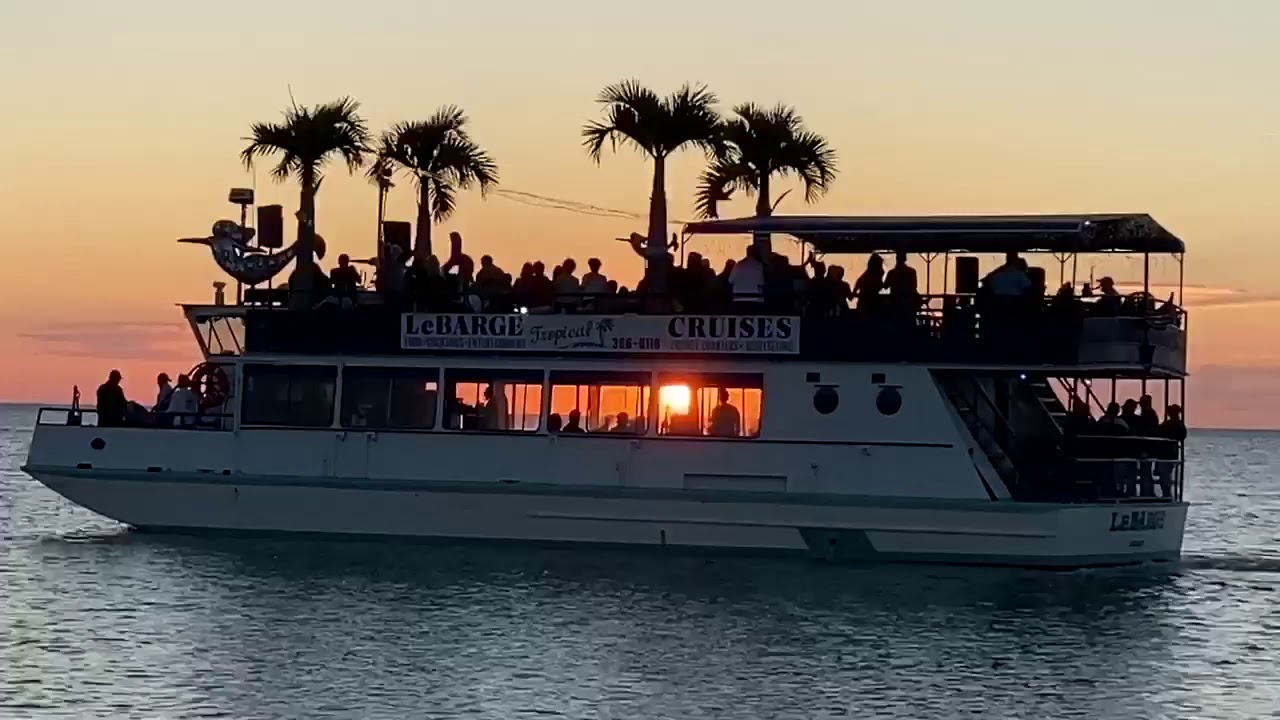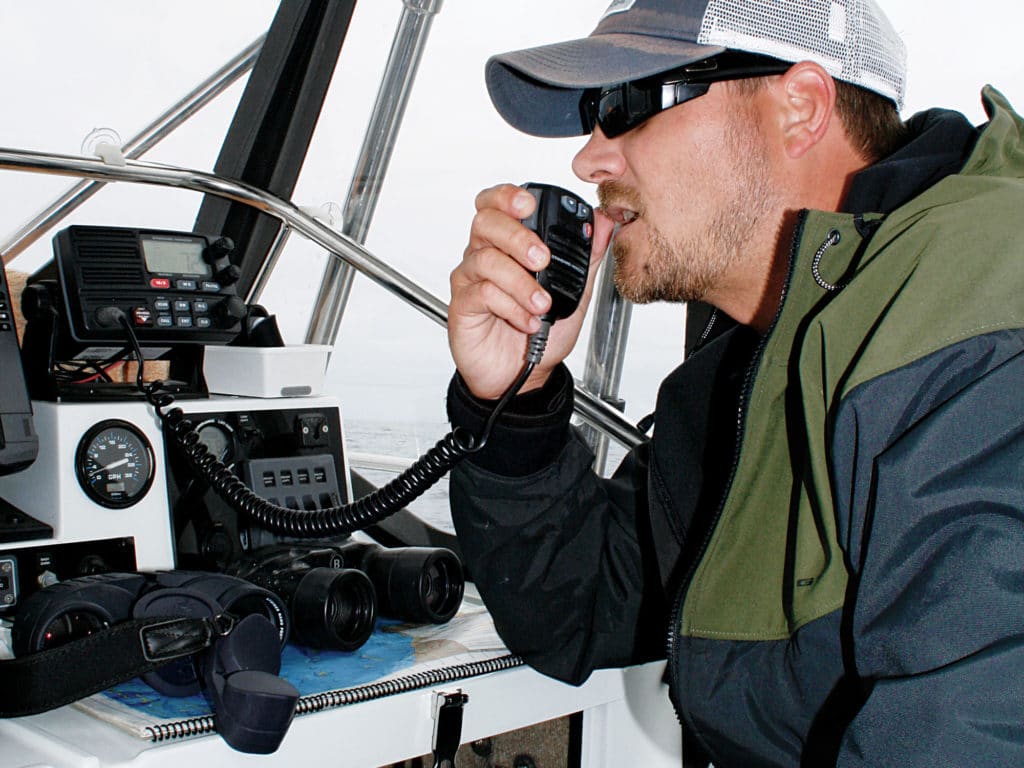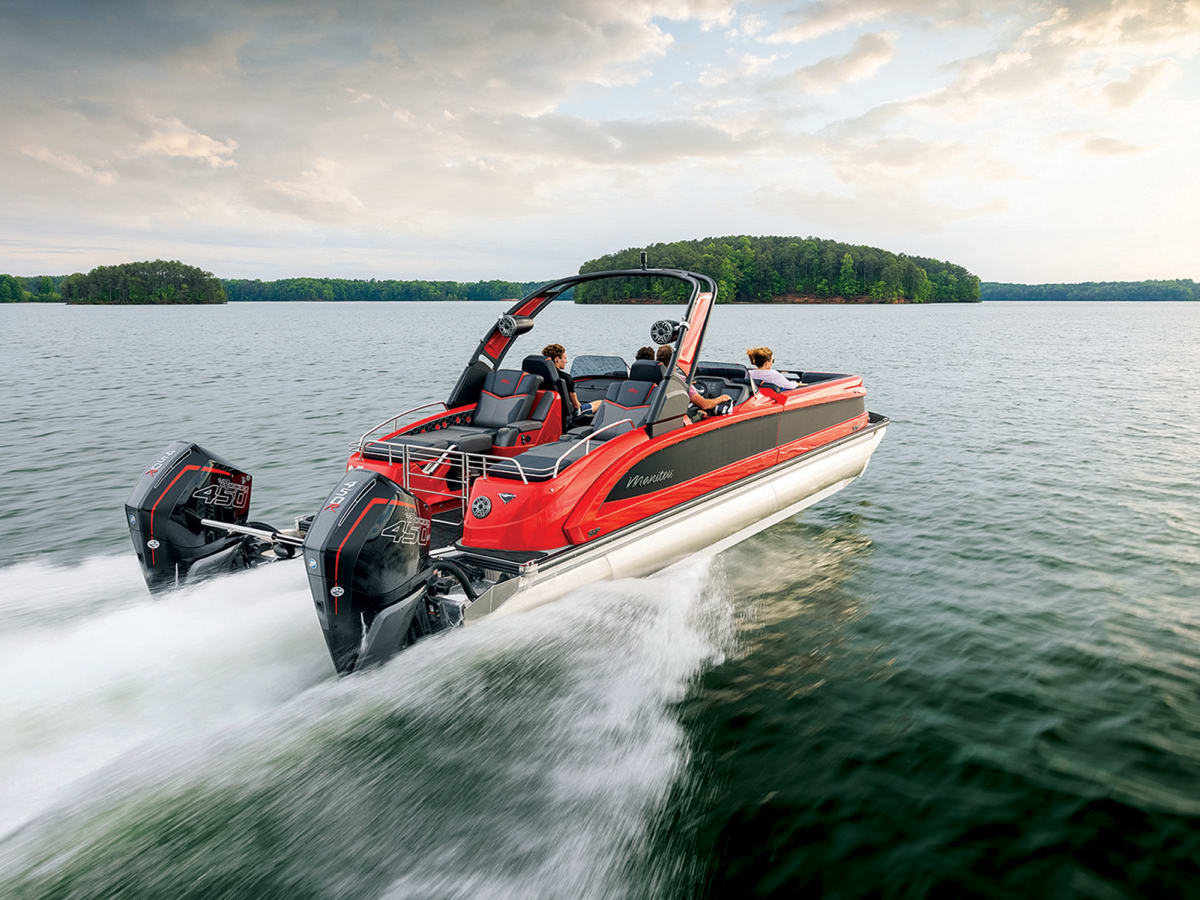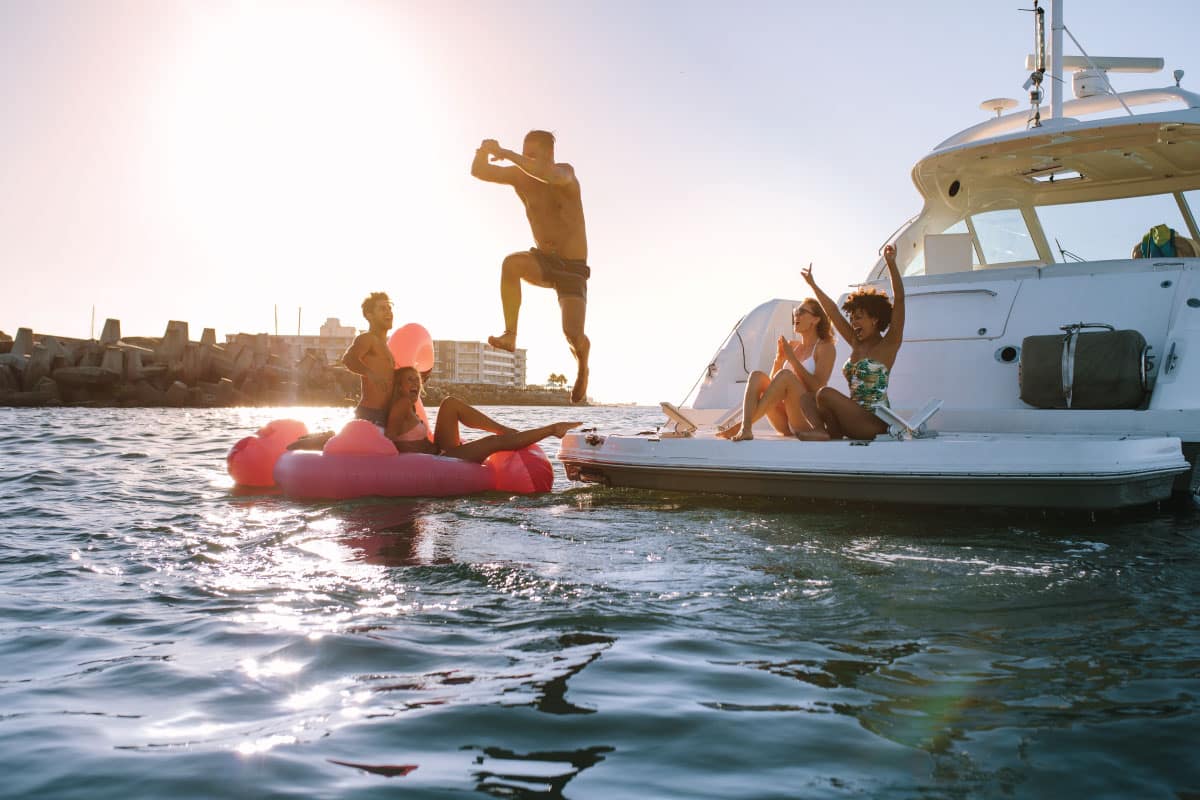Is Your Boat Ready for 2024's Extreme Hurricane Season? Solidify Your Plan and Meet Insurer Expectations
As the 2024 Atlantic hurricane season is predicted to be extremely active, boat owners must ensure they have a well-designed hurricane preparedness plan in place.
Not only will this protect your valuable asset and ensure safety, but it is also an expectation from your boat insurance company.
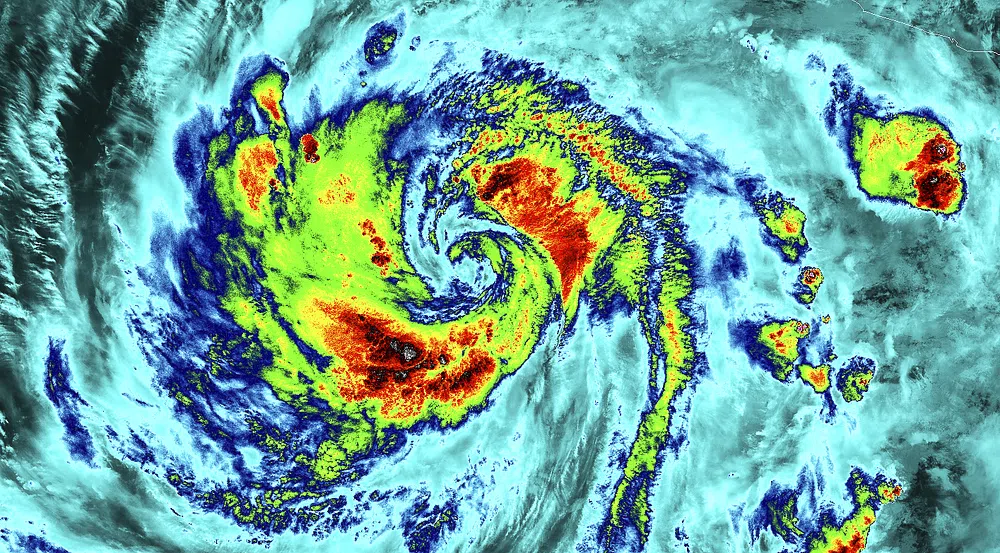
Having a solid plan in place can go a long way in minimizing potential damage and mitigating the risks associated with severe weather.
Understanding the challenges of the 2024 hurricane season and learning from historical data and trends are key to being prepared.
This includes knowing the capacity of your boat to withstand hurricane conditions, selecting optimal mooring methods, and keeping precious items away from the boat secure.
Your overall preparedness strategy should integrate both physical and insurance considerations to guarantee your boat's well-being.
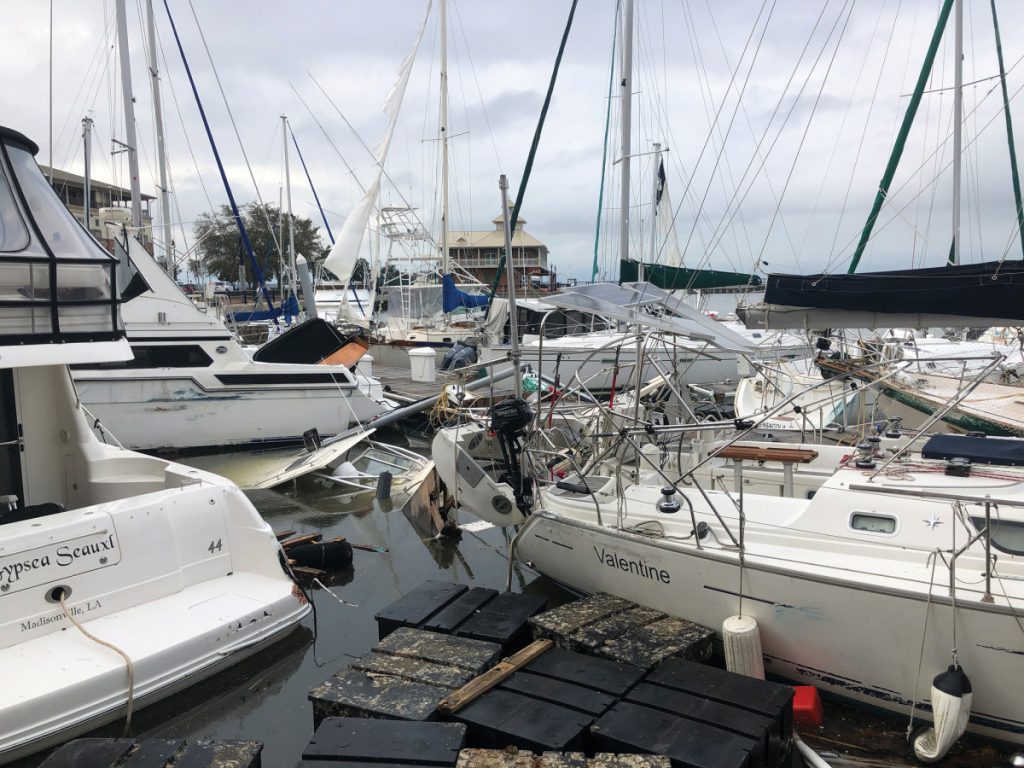
Key Takeaways
- A thorough hurricane plan is essential, especially with the anticipated active 2024 season.
- Integrating historical data and trends can guide decision-making when preparing a boat.
- Insurance considerations play an important role in a comprehensive boat protection plan.
Understanding the 2024 Atlantic Hurricane Season
The Science Behind Hurricanes
Hurricanes are powerful storms that form over warm ocean waters. These tropical cyclones rely on warm sea surface temperatures and low vertical wind shear to develop and intensify.
Generally, hurricane season starts when water temperatures reach around 80 degrees Fahrenheit. During the Atlantic hurricane season, which runs from June 1 to November 30, meteorologists closely monitor conditions for potential storm development.
Predictions for the 2024 Season
The 2024 Atlantic hurricane season is expected to be highly active. Experts from prestigious institutions, such as Colorado State University and WeatherTiger, have released their forecasts for the upcoming season. Here are some key numbers:
- 23 named storms
- 11 hurricanes
- 5 major hurricanes
These predictions reflect the consensus among seasoned meteorologists, like Dr. Philip Klotzbach, who produce seasonal forecasts to help governments, businesses, and individuals prepare for potential impacts.

Factors Influencing Hurricane Intensity
Several factors contribute to the intensity of the 2024 Atlantic hurricane season. Two major elements affecting this year's forecast are:
- La Niña: This climate phenomenon is characterized by cooler-than-average sea surface temperatures in the central Pacific Ocean. La Niña conditions can lead to reduced vertical wind shear in the Atlantic, which promotes stronger hurricane development.
- Record Warmth: The Atlantic Ocean is experiencing record warmth, with temperatures surpassing the threshold needed for hurricane formation. Warmer waters provide the necessary fuel for these powerful storms to develop and intensify.
Understanding these factors and the 2024 Atlantic hurricane season forecast is crucial, as it will help individuals, businesses, and governments make informed decisions to protect lives and property during this potentially extreme hurricane season.
Preparing Your Boat for the Hurricane Season
The 2024 hurricane season is expected to bring extreme weather to the Atlantic Basin, Gulf of Mexico, Caribbean, and Florida. With a higher likelihood of landfalling storms and major hurricanes of category 3 or above, it is essential for boat owners to have a solid hurricane plan in place.
This will not only protect your vessel but also meet your insurer's expectations.
Creating a Hurricane Plan
- Determine what type of storm your boat can withstand, considering its size, construction, and location.
- Identify safe harbors and marinas along your evacuation route, and make arrangements for mooring or docking in advance.
- Plan to move your boat out of the storm's path or to sheltered "hurricane hole" locations where it's protected on all sides from wind, storm surge, and waves.
- Develop a checklist for securing your boat in case of a hurricane, including mooring lines, fenders, bilge pump operation, and removing loose gear and sail.
- Have a communication plan in place to keep your family, marina staff, and insurance company informed about the status of your boat during a storm.

Essential Supplies and Equipment
- Mooring lines — Use heavy-duty, chafe-resistant nylon lines, and consider having three lines connected to your boat and mooring buoy for added security during strong winds and heavy load situations.
- Fenders — Install fenders around your boat to minimize damage from contact with docks, pilings, and other boats during the storm.
- Bilge pumps — Make sure your boat's bilge pumps are operable and capable of handling heavy rainfall to prevent water damage.
- Hurricane tracking tools — Equip your boat with a chart plotter, VHF radio, satellite phone, or smartphone app to monitor hurricane forecasts, warnings, and your vessel's location.
- Emergency supplies — Stock up on food, water, medical supplies, flashlights, life jackets, and other essentials in case you need to evacuate or if you decide to ride out the storm on your boat.
Insurance Considerations for Boat Owners
Understanding Your Policy
It is crucial for boat owners to fully comprehend their boat insurance policies, as extreme hurricane seasons approach in 2024. Policies may vary depending on the insurer and specific coverage.
A typical policy comprises hull and machinery coverage, liability coverage, and medical payments coverage. It may also cover personal property and uninsured boater protection.
Some insurance providers may offer premium packages that cater to hurricane damage, ensuring your boat remains financially safeguarded during the hurricane season.
Keep in mind that not all insurance providers include hurricane coverage as a standard policy feature. It is essential to understand your policy's terms and conditions and consult your insurer to verify its details.
Be proactive in assembling a hurricane plan that complies with your insurance policy and marina guidelines. Many marinas require boat owners to provide their bespoke hurricane plans as part of the docking agreement.
Claims and Disasters
In the event of a hurricane or other disasters, it is imperative to familiarize yourself with the process of filing a claim.
Documentation is vital for this process, so take the time to catalog all necessary information about your boat, such as its inventory, modifications and improvements, certifications, and routine maintenance receipts.
Regularly updating your boat's documentation can expedite the claims process and facilitate reimbursement.
Supporting Nonprofit Public Service Organizations
During extreme weather events, some nonprofit public service organizations provide support and assistance to victims. For example, the U.S. Coast Guard Auxiliary plays a significant role in safeguarding boating communities during disasters.
Boat owners should consider donating to such organizations or volunteer their time and resources to contribute to their noble missions.
Historical Data and Hurricane Trends
Analyzing Past Hurricane Seasons
Researchers at institutions such as Colorado State University and AccuWeather have been studying historic temperature data and past hurricane seasons to predict future trends.
One notable researcher in this field is Philip Klotzbach, a renowned meteorologist who specializes in hurricane forecasting. He and his team analyze factors like February sea temperatures, summertime conditions in the tropical Pacific, and other climate variables to make their predictions.
In recent years, there has been a notable increase in the frequency and intensity of named storms and major hurricanes in the Atlantic Ocean.
These trends have been consistent with the available historical data and can be attributed to changing climate patterns, such as the gradual warming of sea surface temperatures.
Implications for Future Climate Patterns
Climate models and experts suggest that warmer Atlantic Ocean temperatures will continue to produce more active hurricane seasons.
For instance, the 2024 hurricane season is predicted to have 15 to 20 named storms, significantly higher than the long-term average.
There is also a potential for a transition from El Niño to La Niña conditions in the tropical Pacific, which could further influence hurricane development and activity.
La Niña events are typically associated with increased hurricane activity in the Atlantic basin, as they create favorable conditions for storm formation.
Addressing the Challenges of Severe Weather
Community and Governmental Roles
With the 2024 hurricane season predicted to be extremely active, communities along the East Coast, Gulf Coast, and Central America must work together to prepare for the increased risks associated with these severe weather events.
Government organizations, such as forecasting centers at the University of Miami and other research institutions, play a critical role in monitoring the conditions and working with communities to develop response plans.
- East Coast and Gulf Coast: These regions in the United States face high risks due to their proximity to the North Atlantic Ocean. Local governments and communities must collaborate to strengthen infrastructure and establish effective communication strategies before, during, and after hurricane events.
- Central America: Countries in this region are also at risk from landfalling storms originating in the Atlantic Basin. Governments must work with international partners and aid organizations to ensure adequate resources and support are available to respond effectively to hurricanes.
- Government-sponsored forecast teams: Scientific teams, such as those at the University of Miami, monitor and provide Atlantic Basin seasonal hurricane forecasts to help populations at risk better prepare for the storm season.
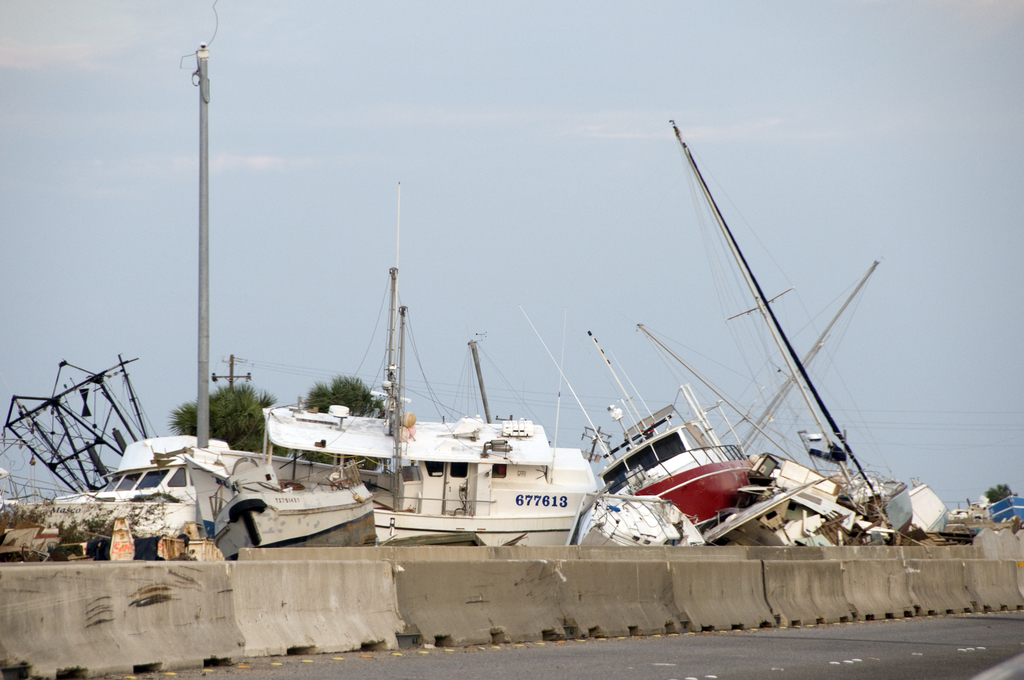
Innovations in Weather Forecasting
Advancements in weather forecasting play a pivotal role in providing accurate and timely information on rapid intensification, which can greatly impact a region.
Research institutions like the University of Miami and national forecasting centers continuously work to develop cutting-edge technology to predict hurricane conditions more accurately.
Key innovations in weather forecasting include:
- Satellite technology: High-resolution imagery and real-time data from orbiting satellites provide essential data on weather patterns and storm formation.
- Computer models: Advanced algorithms and simulations help to predict the path and intensity of hurricanes, giving communities more lead time to prepare.
- In-field observations: A network of weather stations and buoys in the North Atlantic Ocean helps to monitor sea surface temperatures, wind patterns, and atmospheric conditions vital for informed predictions.
By combining the efforts of communities, governments, and innovative forecasting methods, coastal areas can adequately prepare for the extreme hurricane season predicted in 2024.
Additionally, boat owners must have a solid hurricane plan in place, as their insurers expect it to protect valuable investments.
Post-Season Reflections and Actions
Learning from the 2024 Season
The extreme 2024 hurricane season lasted from June 1 to Nov. 30 and, as predicted by experts like Brian McNoldy, was one of the most active on record.
A total of 23 named storms were recorded, with some causing significant damage in regions like Southwest Florida and Louisiana. This season demonstrated the importance of having a solid hurricane plan in place—especially for boat owners aiming to protect their vessels.
One factor contributing to the active season was the historically warm water in the Main Development Region (MDR) of the Atlantic, which is known to fuel the formation of tropical storms and hurricanes.
In addition, sea-surface temperatures, unstable atmosphere, and La Niña conditions all contributed to the increased activity during the 2024 season.
Preparing for the Next Year
In light of the extreme 2024 hurricane season, boat owners should take the following steps to prepare for the future:
- Assess and update hurricane plans: Review your boat's current hurricane plan and make any necessary updates based on new information learned from the 2024 season.
- Monitor weather conditions: Keep an eye on WGCU and other reliable sources for updates on sea-surface temperatures, atmospheric conditions, and the potential formation of storms like 2023's Hurricane Idalia.
- Invest in protective measures: Ensure your boat is equipped with adequate mooring lines, chafe guards, and other protective gear to minimize damage during future storms. Use this guide for a detailed checklist.
- Insurance coverage: Review your insurance policy to ensure it provides adequate coverage for potential hurricane-related damage. Some insurers may require boat owners to have a hurricane plan in place.
Frequently Asked Questions
What should be included in a hurricane preparedness checklist for boat owners?
A hurricane preparedness checklist for boat owners should include: securing the boat, removing valuables, cushioning potential blows, and not riding out the storm onboard 2. Additionally, make sure to have extra mooring lines, fenders, and suitable anchorage to minimize damages.
How can I develop a solid hurricane plan for my boat?
To develop a solid hurricane plan, first review your dock contract for specific requirements during a hurricane 4. Consult with the marina manager, ask about their plan, and gather local information and resources. Develop a plan that considers boat removal or preparing for in-water storage, and create a timeline for executing your plan when a storm approaches.
What methods are used to track and predict the paths of tropical cyclones?
Tropical cyclones are tracked and predicted using a combination of satellite imagery, aerial reconnaissance, buoy observations, and numerical weather prediction models.
Meteorologists use tools such as the National Hurricane Center's Tropical Cyclone Reports, ensemble forecasting, and historical storm tracks to analyze storm information and forecast potential paths.
At what point should boat preparation for the upcoming hurricane season begin?
Boat preparation should ideally begin long before the hurricane season starts.
This allows boat owners to address any issues, stock up on supplies, and develop a solid hurricane plan for their vessels. Review your plan annually and make any necessary updates based on new information or changing circumstances.
How does storm surge affect marine vessels, and what can be done to mitigate it?
Storm surge is an abnormal rise of water caused by a storm's winds, which can cause damage to marine vessels by lifting them off their moorings or causing collisions.
To mitigate the effects of storm surge, boat owners should choose a marina or anchorage with adequate protection from storm surge, deploy appropriate moorings attached to sturdy anchors, and use multiple methods of securing the boat, such as extra lines and anchors, to increase stability in the face of a surge.
What are the recommended actions for securing a boat when a hurricane warning is issued?
When a hurricane warning is issued, take immediate measures to secure your boat.
These should include adding extra mooring lines and fenders, disconnecting shore power, and removing sails and other wind-catching equipment 3.
Additionally, secure all hatches and openings, remove all loose and valuable items, and stay informed about the storm's progress.
Execute your hurricane plan and evacuate as necessary for your safety.
Charlie is Editor-in-Chief of Sea Magazine

